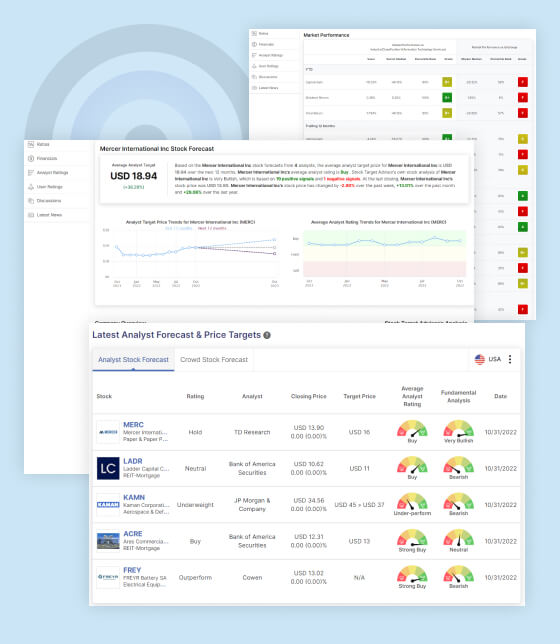The stock market can be a daunting place, especially for new investors. With so many different companies to choose from, it can be difficult to know where to start. But there is one secret to successful stock investing that can help you minimize risk and maximize returns: due diligence. DD in stock investing is an essential step before investing in any company. It involves investigating and analyzing a company’s financial health, competitive positioning, industry trends, market conditions, and management team before investing in it. By conducting thorough DD, you can minimize risk and maximize returns.
What is Due Diligence in Stock Investing?
Due diligence is the process of gathering and analyzing information about a company before investing in it. It involves reviewing financial statements, assessing the company’s competitive positioning, evaluating industry trends and evaluating the company’s valuation metrics.
DD and research are often used interchangeably, but there is a subtle difference between the two. Research is the broader process of gathering and analyzing information, while DD is more specific to the investment process. DD involves a deeper dive into the company’s financials, management team, and competitive landscape.
Key Components of DD in Stock Investing:
There are four key components of DD in stock investing:
- Quantitative analysis: This involves reviewing the company’s financial statements to assess its financial health. Key metrics to consider include revenue growth, profitability, cash flow, and debt levels. (fleshbot.com)
- Qualitative analysis: This involves evaluating the company’s management team, competitive landscape, and industry trends.
- Fundamental analysis: This involves assessing the intrinsic value of a company by analyzing its financial statements and other qualitative factors. Fundamental analysts use a variety of valuation methods, such as discounted cash flow (DCF) analysis and price-to-earnings (P/E) ratios, to estimate the company’s fair value.
- Technical analysis: This involves studying past price movements and chart patterns to identify potential trading opportunities. Technical analysts use a variety of indicators, such as moving averages and support and resistance levels, to forecast future price movements.
Too busy to conduct in-depth DD? Get the latest stock market insights here.
Tools and Resources for Conducting DD:
There are a number of tools and resources available to help investors to conduct DD. One of the most effective methods is to keep track of financial news platforms like Bloomberg and Stock Target Advisor. These platforms offer real-time news and analysis on companies and industries, which can help investors to make informed investment decisions.
It’s also advisable to seek guidance from financial professionals, such as investment advisors and financial analysts, who can provide valuable insights and guidance on how to conduct due diligence and make informed investment decisions.
DD Mistakes to Avoid:
When conducting due diligence of a company, it is important to avoid certain common mistakes. One mistake is to rely solely on stock tips or recommendations. While these can be helpful, they should not be the sole basis for your investment decisions. Be sure to conduct your own DD before investing in any company.
Another mistake is to neglect qualitative factors and only focus on numbers. Qualitative factors such as the company’s management team, competitive landscape, and corporate culture can be just as important as financial metrics. Don’t neglect these factors when conducting your DD.
Finally, it is important to consider broader economic factors such as interest rates, inflation, and GDP growth. These factors can also impact a company’s performance. Be sure to consider these factors when conducting your DD.
Conclusion:
Due diligence is an essential part of the investment process. By conducting thorough DD, investors can minimize risk, maximize returns, and make more informed investment decisions. It is the best way to protect your investments and achieve your financial goals.
Muzzammil is a content writer at Stock Target Advisor. He has been writing stock news and analysis at Stock Target Advisor since 2023 and has worked in the financial domain in various roles since 2020. He has previously worked on an equity research firm that analyzed companies listed on the stock markets in the U.S. and Canada and performed fundamental and qualitative analyses of management strength, business strategy, and product/services forecast as indicated by major brokers covering the stock.

































